Breaking Down Auto Loan Performance

Debt balances continued to rise at a moderate pace in the fourth quarter of 2024, and delinquencies, particularly for auto loans and credit cards, remained elevated, according to the latest Quarterly Report on Household Debt and Credit from the New York Fed’s Center for Microeconomic Data. Auto loan balances have grown steadily since 2011, expanding by $48 billion in 2024. This increase reflects a steady inflow of newly originated auto loan balances, which in 2024 were boosted primarily by originations to very prime borrowers (those with credit scores over 760) while originations to borrowers with midprime and subprime scores held roughly steady. In this post, we take a closer look at auto loan performance and find that delinquencies have been rising across credit score bands and area income levels. We also break down auto loan performance by lender type and find that delinquencies are primarily concentrated in loans from non-captive auto finance companies.
Are First‑Time Home Buyers Facing Desperate Times?

Based on recent proposals and policy dialogue, it would appear that first-time home buyers (FTB) are indeed facing desperate times. For example, in a recent Urban Institute study, Michael Stegman, Ted Tozer, and Richard Green advocate for a zero-downpayment Federal Housing Administration (FHA) mortgage. They argue that this would be a more efficient way to deliver much needed support to help households transition to homeownership given the challenges of high house prices and mortgage rates.
Every Dollar Counts: The Top 5 Liberty Street Economics Posts of 2024
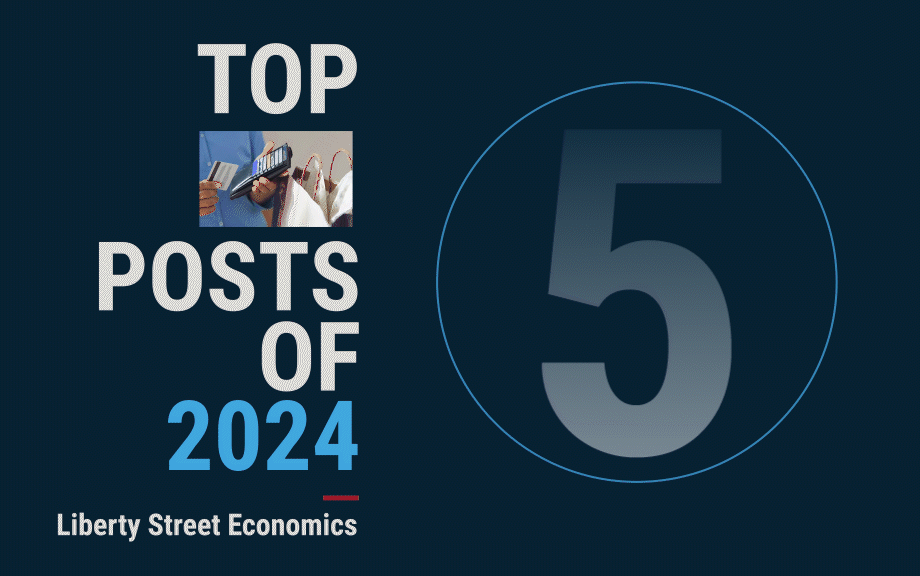
High prices and rising debt put pressure on household budgets this year, so it’s little wonder that the most-read Liberty Street Economics posts of 2024 dealt with issues of financial stress: rising delinquency rates on credit cards and auto loans, the surge in grocery prices, and the spread of “buy now, pay later” plans. Another top-five post echoed this theme in an international context: Could the U.S. dollar itself be under stress as central banks seemingly turn to other reserve currencies? Read on for details on the year’s most popular posts.
Income Growth Outpaces Household Borrowing
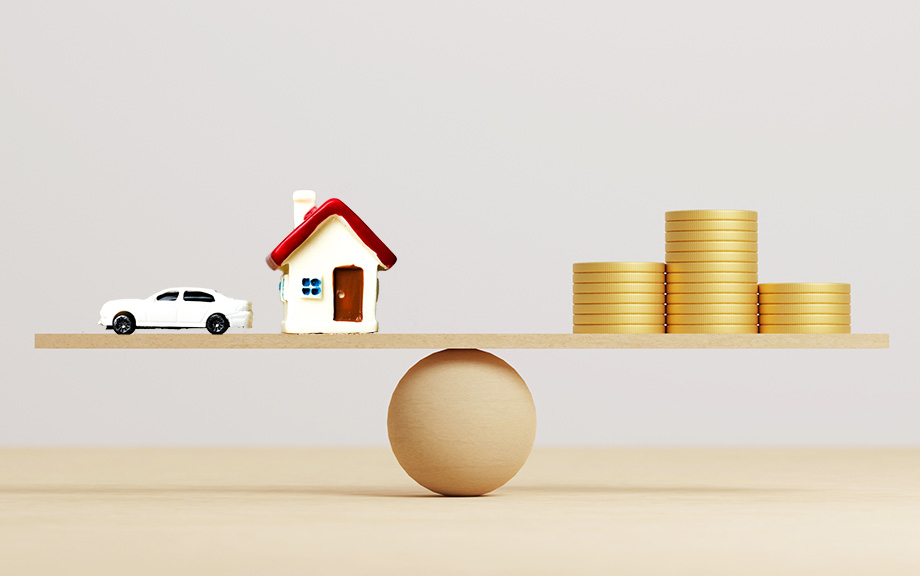
U.S. household debt balances grew by $147 billion (0.8 percent) over the third quarter, according to the latest Quarterly Report on Household Debt and Credit from the New York Fed’s Center for Microeconomic Data. Balances on all loan products recorded moderate increases, led by mortgages (up $75 billion), credit cards (up $24 billion), and auto loans (up $18 billion). Meanwhile, delinquency rates have also risen over the past two years, returning to roughly pre-pandemic levels (and exceeding them in the case of credit cards and auto loans), though there are some signs of stabilization this quarter. Are rising aggregate debt burdens sustainable? Or is this expansion to be expected given increases in aggregate income and population size? In this post, we take a look at debt balances scaled by income, tracking the evolution of this ratio over the past twenty-five years.
Mortgage Lock‑In Spurs Recent HELOC Demand

Mortgage balances, the largest component of U.S. household debt, grew by only $77 billion (0.6 percent) in the second quarter of 2024, according to the latest Quarterly Report on Household Debt and Credit from the New York Fed’s Center for Microeconomic Data. This modest increase reflects a substantial slowdown in mortgage origination; only $374 billion was originated during the second quarter, compared to an average of about $1 trillion per quarter between 2021 and 2022. Meanwhile, after nearly thirteen years of decline, balances on home equity lines of credit (HELOC) have begun to rebound, gaining 20 percent since bottoming out at the end of 2021. In this post, we consider the factors behind this upswing, finding that HELOCs have likely become an attractive alternative to cash-out refinancings amid higher interest rates.
Delinquency Is Increasingly in the Cards for Maxed‑Out Borrowers

This morning, the New York Fed’s Center for Microeconomic Data released the Quarterly Report on Household Debt and Credit for the first quarter of 2024. Household debt balances grew by $184 billion over the previous quarter, slightly less than the moderate growth seen in the fourth quarter of 2023. Housing debt balances grew by $206 billion. Auto loans saw a $9 billion increase, continuing their steady growth since the second quarter of 2020, while balances on other non-housing debts fell. Credit card balances fell by $14 billion, which is typical for the first quarter. However, an increasing number of borrowers are behind on credit card payments. In this post, we explore the relationship between credit card delinquency and changes in credit card “utilization rates.”
How Are They Now? A Checkup on Homeowners Who Experienced Foreclosure
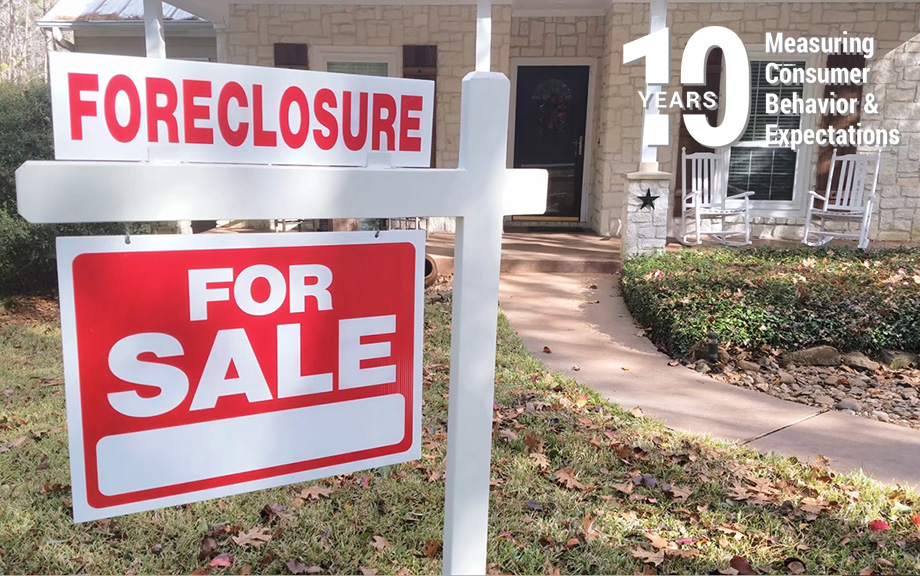
The end of the Great Recession marked the beginning of the longest economic expansion in U.S. history. The Great Recession, with its dramatic housing bust, led to a wave of home foreclosures as overleveraged borrowers found themselves unable to meet their payment obligations. In early 2009, the New York Fed’s Research Group launched the Consumer Credit Panel (CCP), a foundational data set of the Center for Microeconomic Data, to monitor the financial health of Americans as the economy recovered. The CCP, which is based on anonymized credit report data from Equifax, gives us an opportunity to track individuals during the period leading to the foreclosure, observe when a flag is added to their credit report and then—years later—removed. Here, we examine the longer-term impact of a foreclosure on borrowers’ credit scores and borrowing experiences: do they return to borrowing, or shy away from credit use and homeownership after their earlier bad experience?
Mortgage Rate Lock‑In and Homeowners’ Moving Plans

The U.S. housing market has had a tumultuous few years. After falling to record lows during the pandemic, the average 30-year mortgage rate rapidly increased in 2022 and 2023 and now hovers near a two-decade high of 7.2 percent. For those that locked in a low mortgage rate prior to 2022, this steep increase has significantly increased the cost of moving, as taking out a mortgage at current rates would potentially increase their monthly housing payment by hundreds or thousands of dollars, even if the amount they borrowed remained unchanged. As shown by Ferreira et al. (2011), this lock-in effect has the potential to reduce geographic mobility and turnover in the housing market and has gained the attention of Federal Reserve leaders. In this post, we utilize special questions from the Federal Reserve Bank of New York’s 2023 and 2024 SCE Housing Surveys to estimate the extent to which mortgage rate lock-in is suppressing U.S. household’s moving plans.
The New York Fed Consumer Credit Panel: A Foundational CMD Data Set
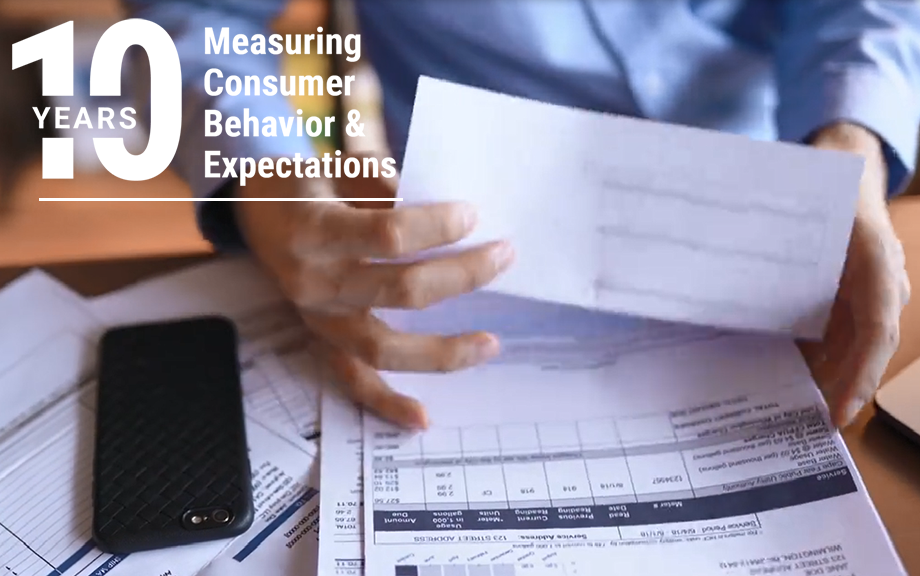
As the Great Financial Crisis and associated recession were unfolding in 2009, researchers at the New York Fed joined colleagues at the Board of Governors and Philadelphia Fed to create a new kind of data set. Household liabilities, particularly mortgages, had gone from being a quiet little corner of the financial system to the center of the worst financial crisis and sharpest recession in decades. The new data set was designed to provide fresh insights into this part of the economy, especially the behavior of mortgage borrowers. In the fifteen years since that effort came to fruition, the New York Fed Consumer Credit Panel (CCP) has provided many valuable insights into household behavior and its implications for the macro economy and financial stability.
The CCP was one of the first data sets drawn from credit bureau data, one of the earliest features of the Center for Microeconomic Data (CMD), and the primary source material for some of the CMD’s most important contributions to policy and research. Here we review a few of the main household debt themes over the past fifteen years, and how our analyses contributed to their understanding.

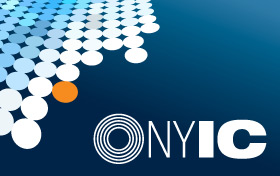









 RSS Feed
RSS Feed Follow Liberty Street Economics
Follow Liberty Street Economics